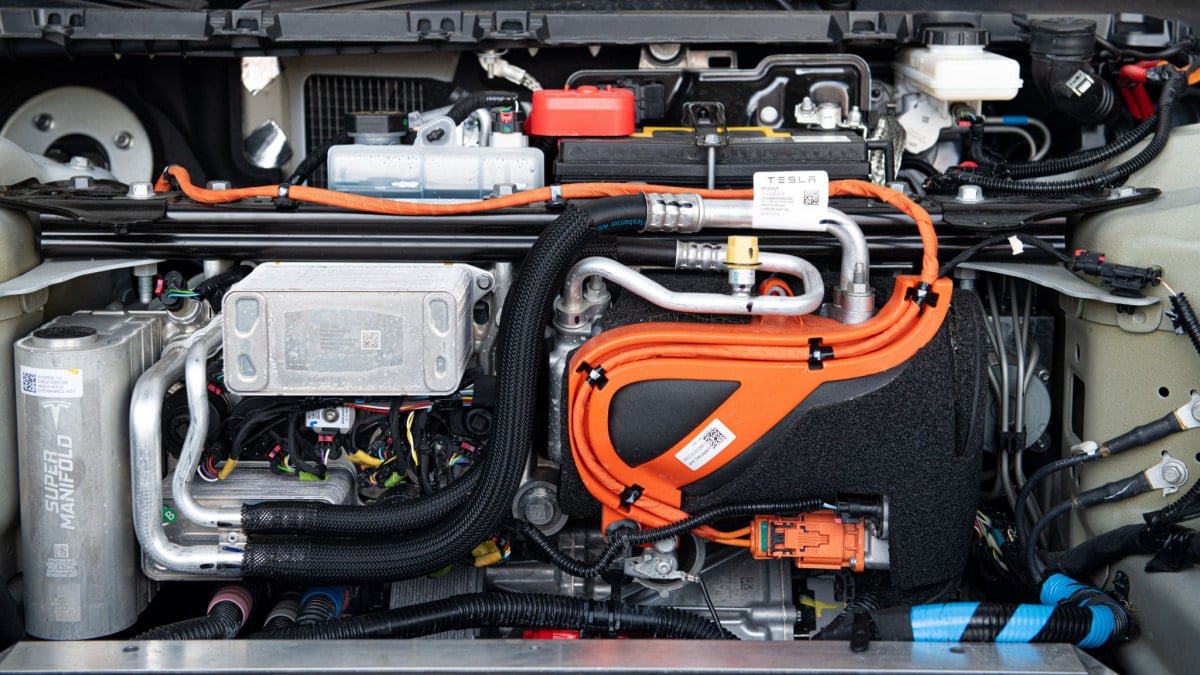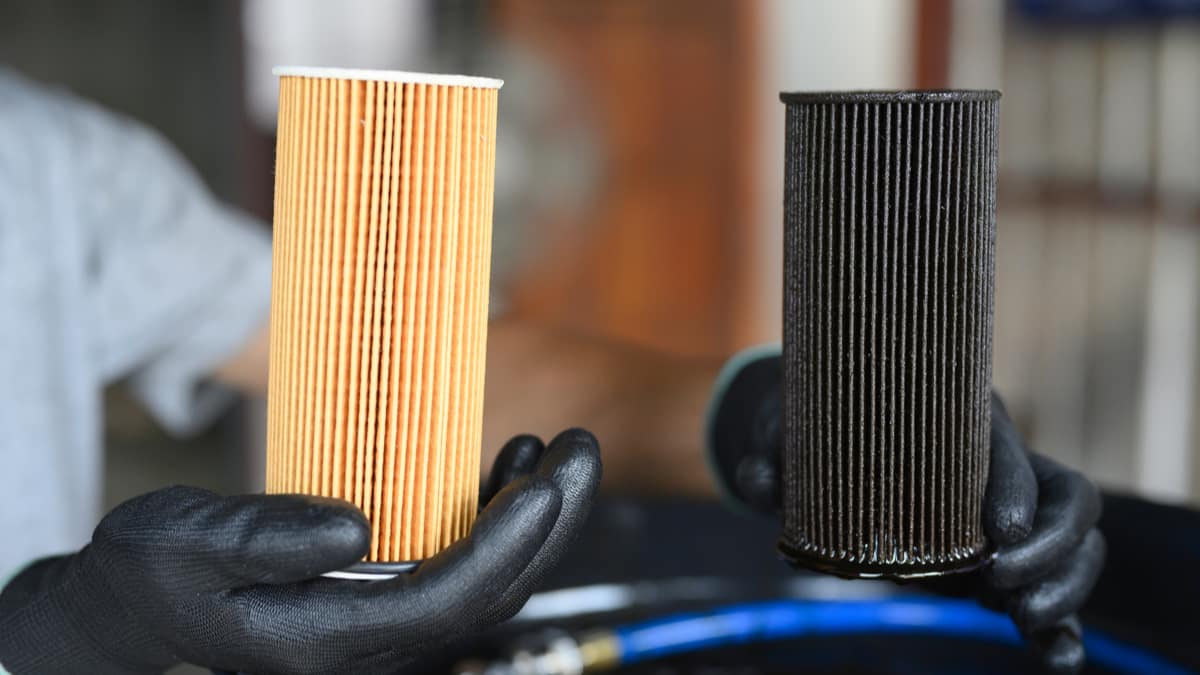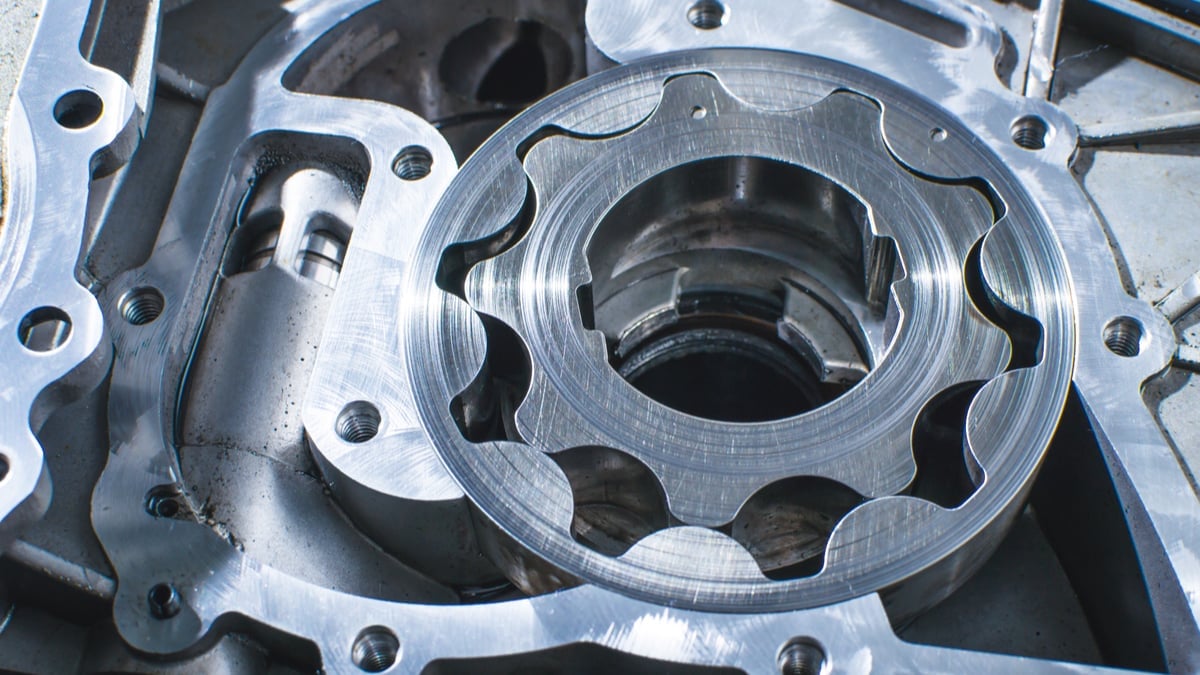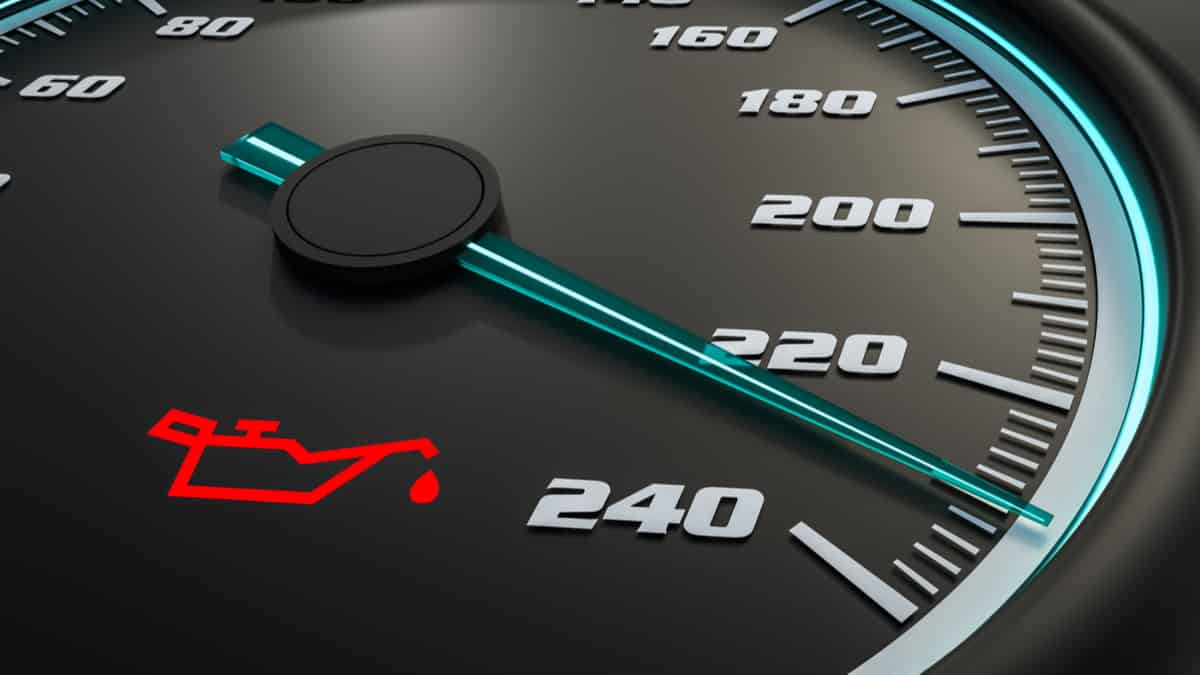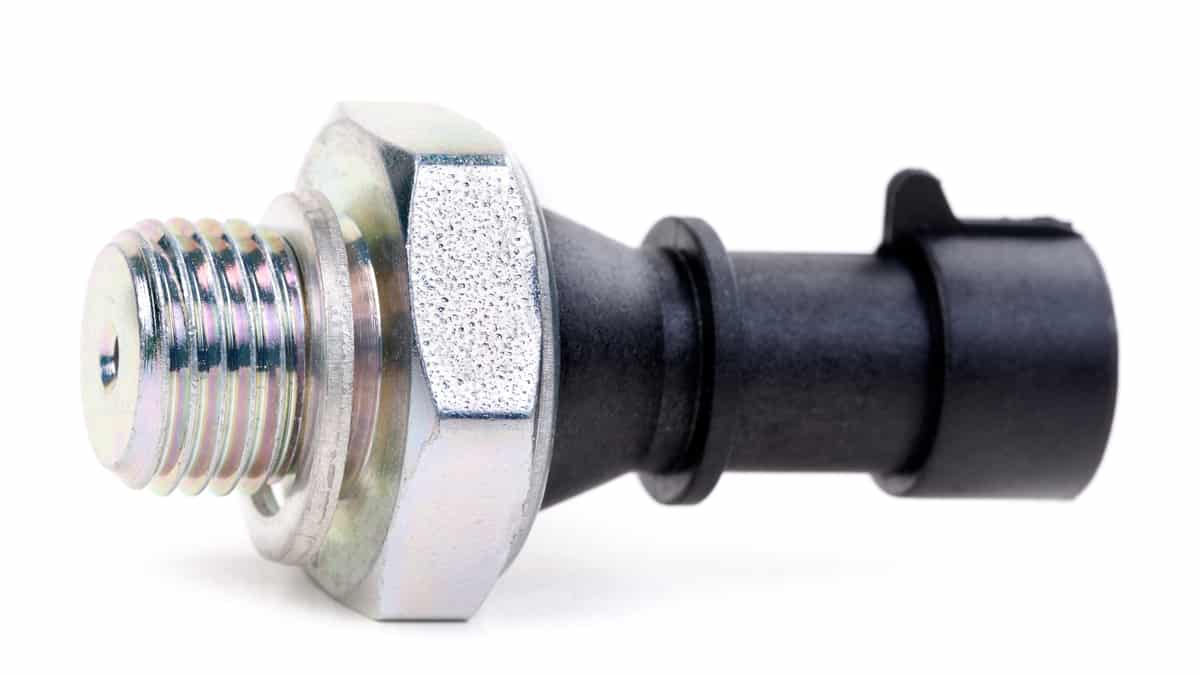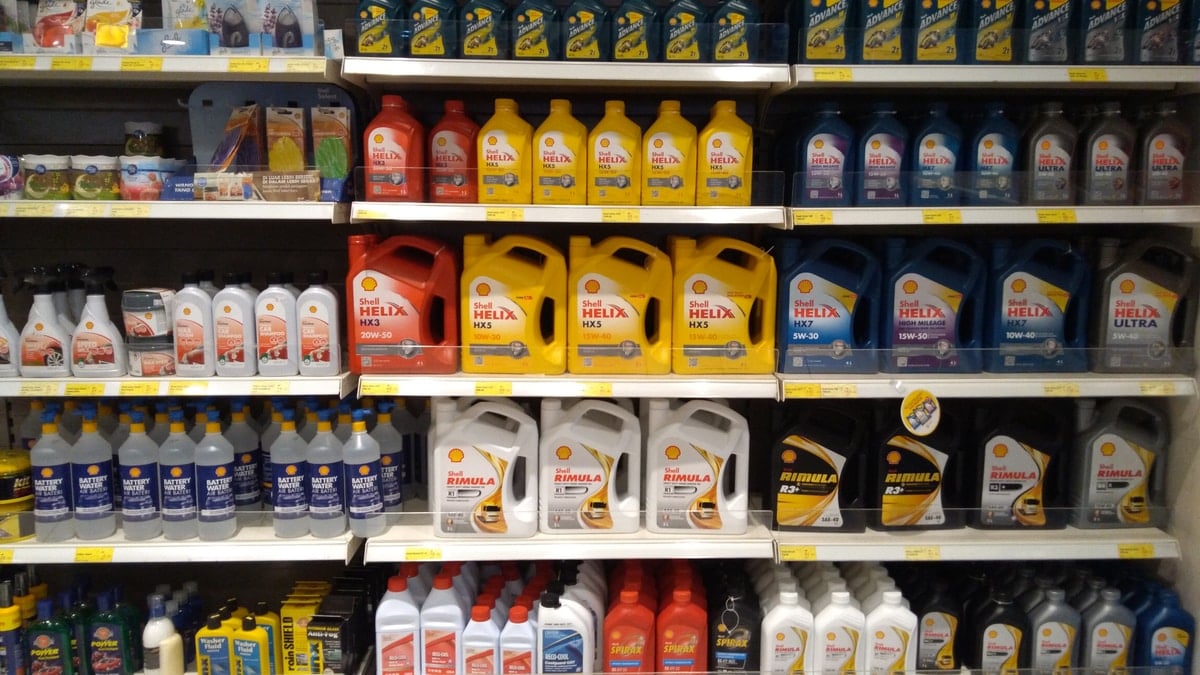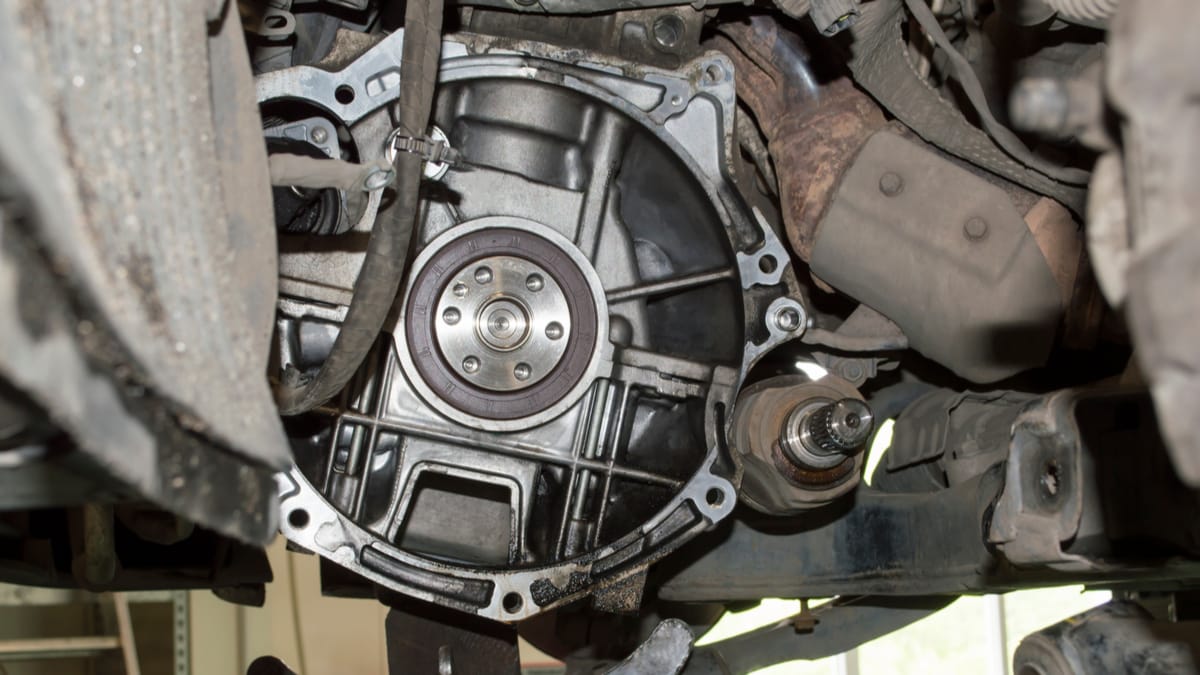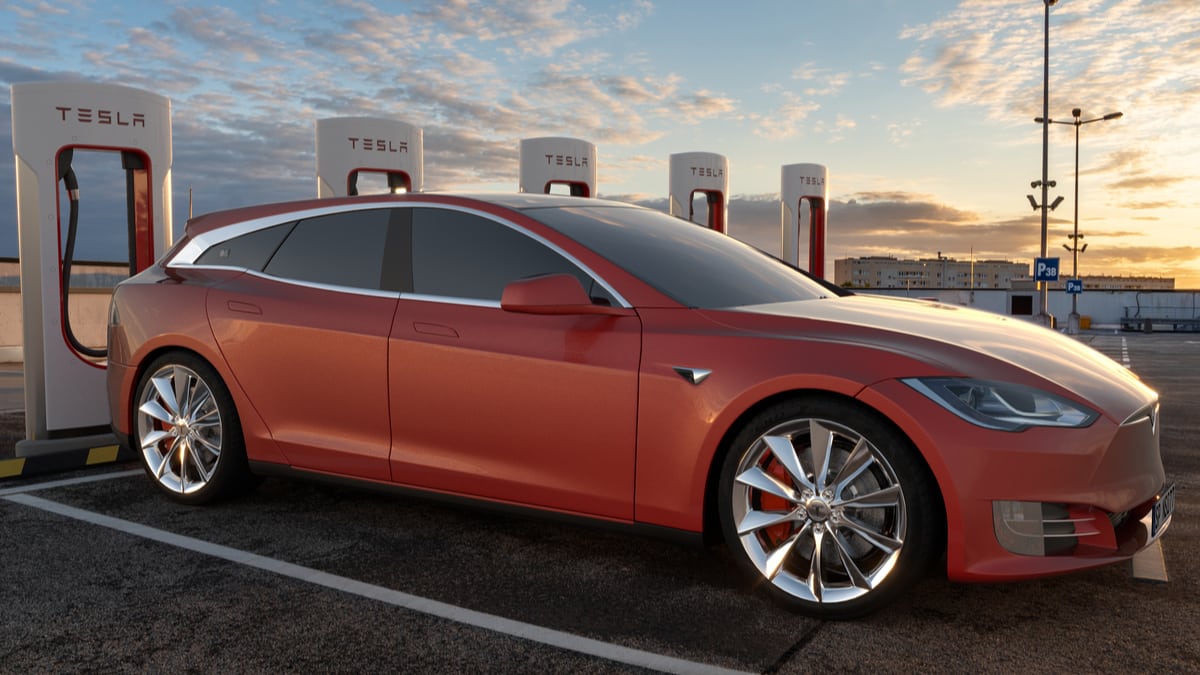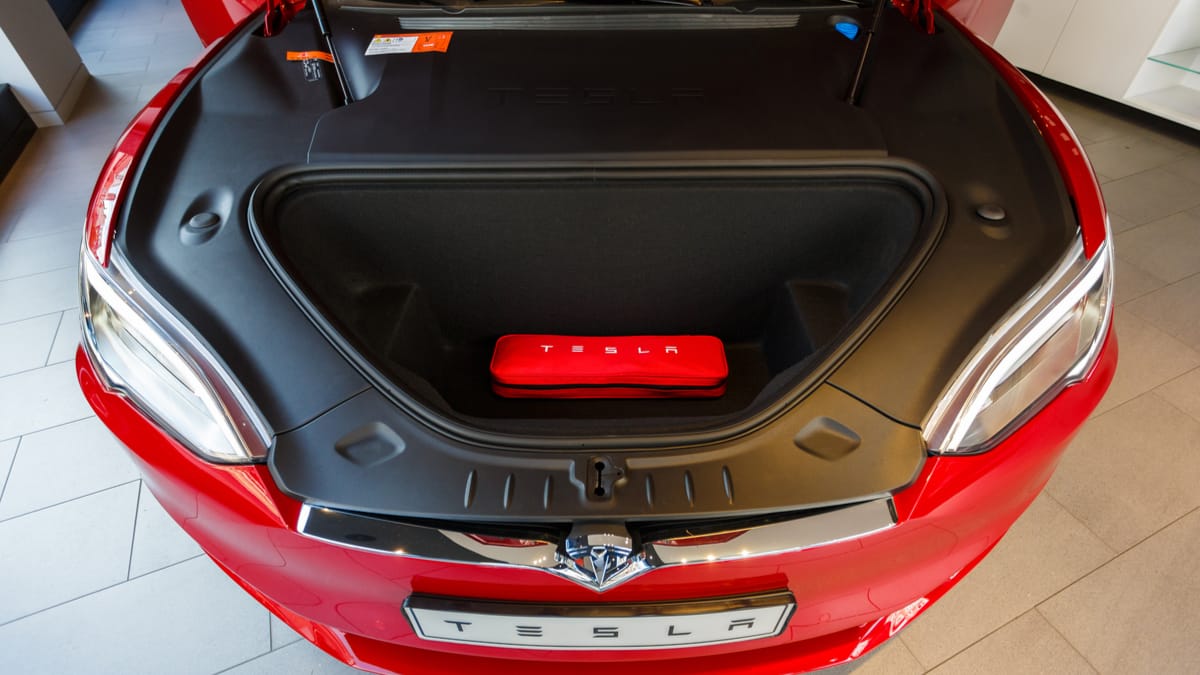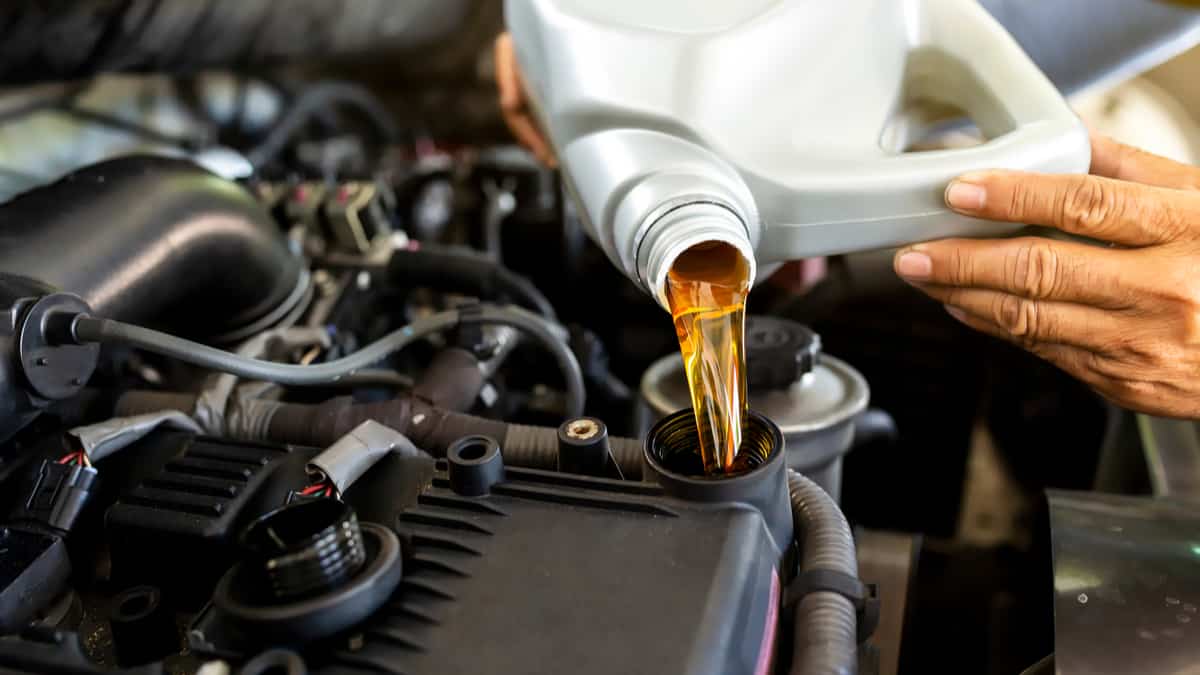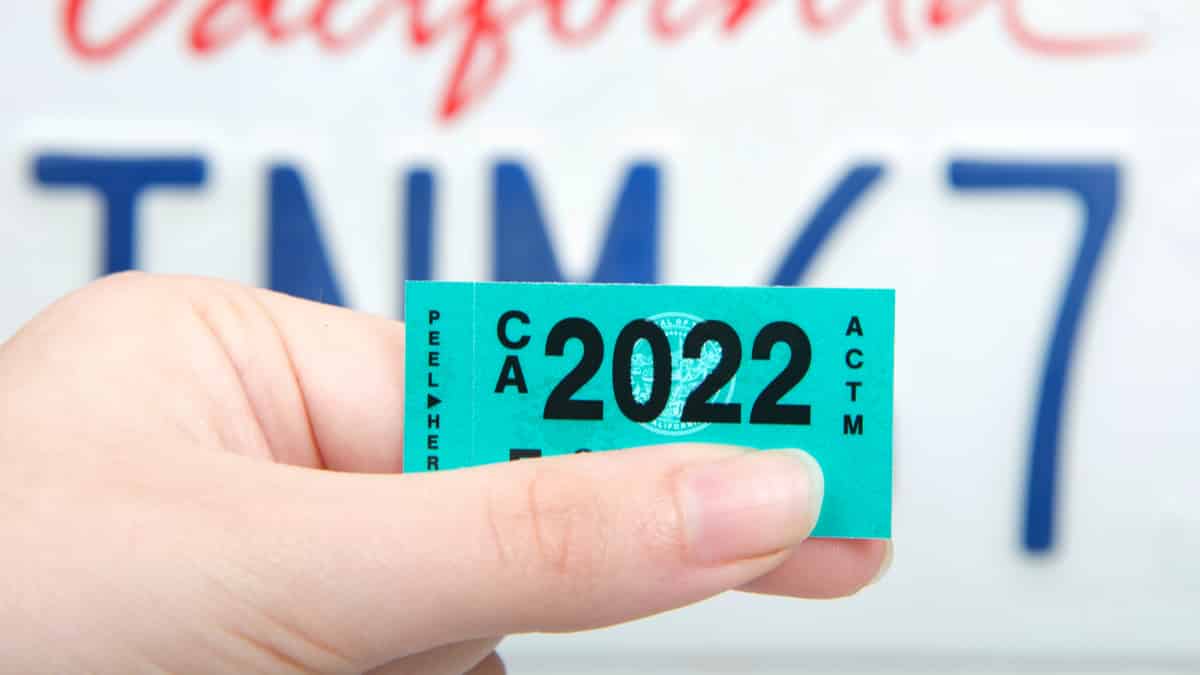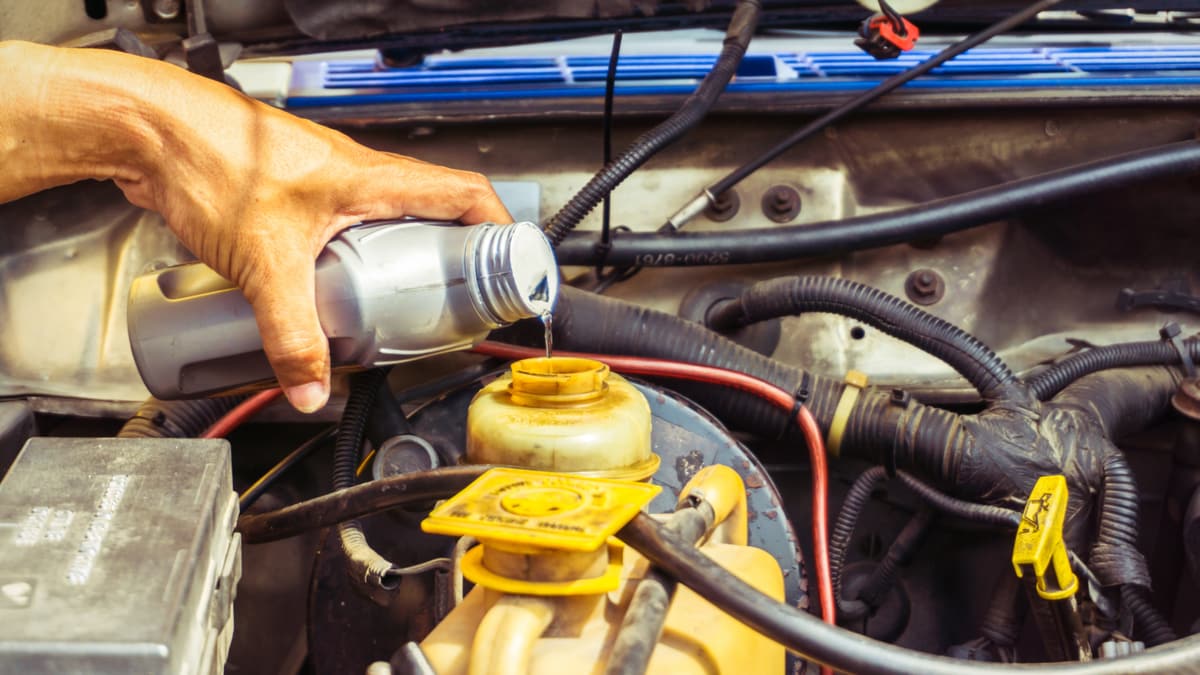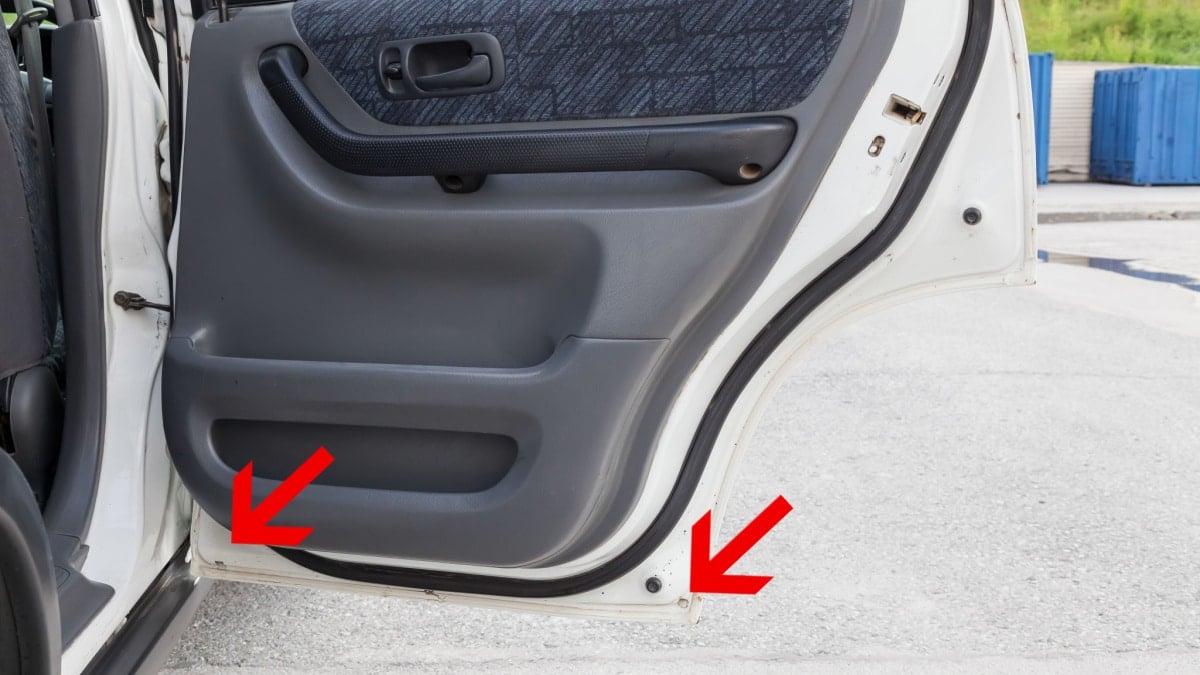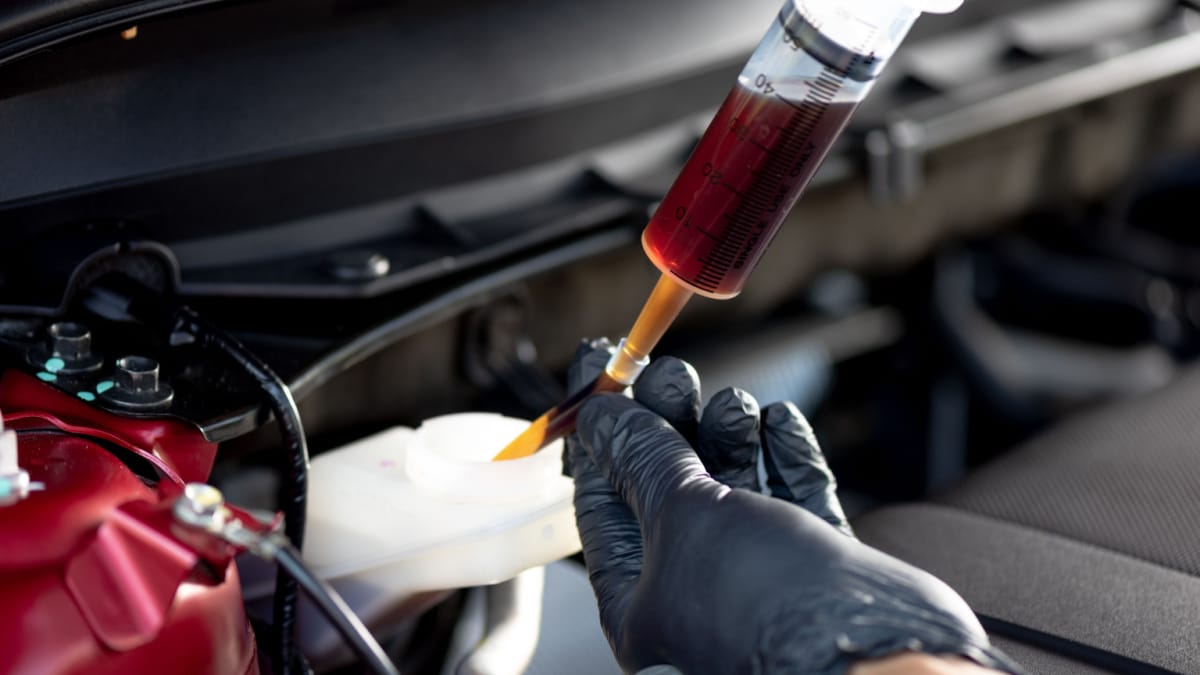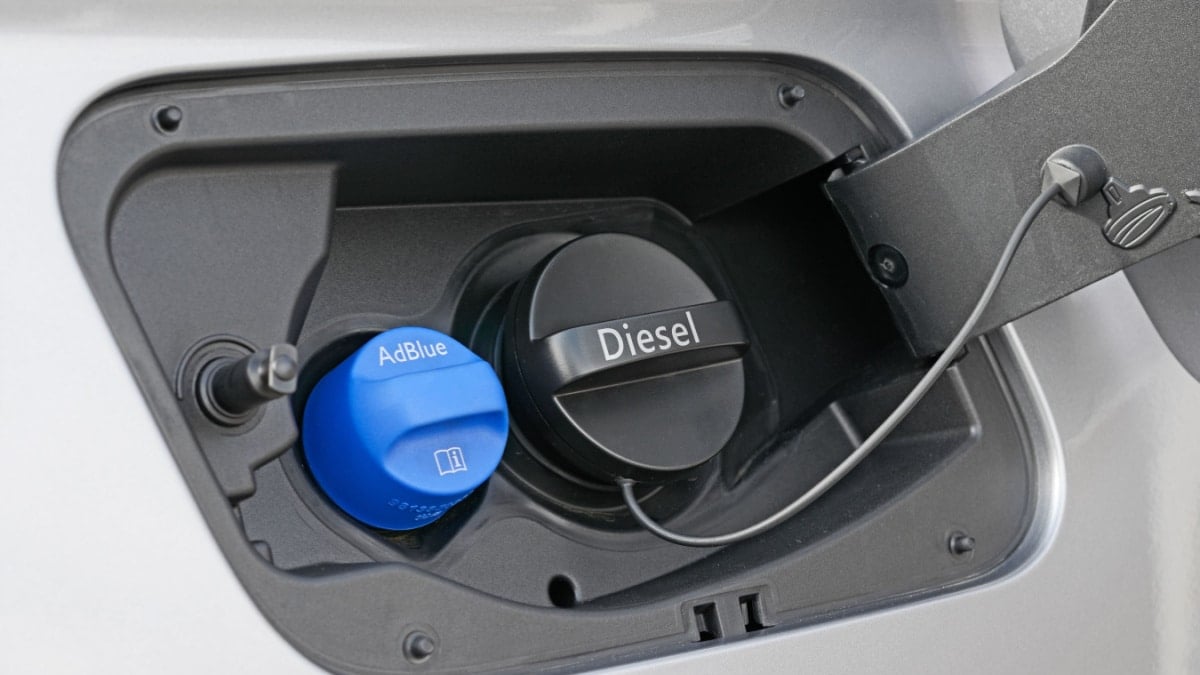With so many people making the switch to electric vehicles, it’s important to understand the required maintenance and how it differs from a traditional car. For example, do Teslas require oil changes, and what type of maintenance do they require?
In this guide, I explain why Tesla vehicles don’t need oil changes and show you what fluids are still required. I also touch on the recommended maintenance schedule provided by Tesla, so you know how to care for your EV.
Do Teslas Need Oil Changes?
No. Teslas don’t require oil changes, because Teslas are powered by electric motors and don’t use a gas or diesel-powered engine, and therefore there is no engine oil to change. However, while regular oil changes aren’t necessary, Tesla still has a list of recommended maintenance that should be performed to keep the electric car running at its best.
Why Doesn’t a Tesla Need an Oil Change?
The equipment powering the Tesla and propelling it forward is based on an electric motor. Unlike traditional motor types which use gasoline or diesel fuel, there’s no oil needed.
Instead, the Tesla motor uses electricity to generate its power. In a traditional car, fuel is burned to start and run the engine. With an EV, an electric charge is all that’s needed to keep everything running as intended. If the vehicle isn’t charged, it won’t run or start.
With that said, there are other parts of the vehicle that require the use of certain oils and lubricants. As one example, the drive unit with the AC induction propulsion motor requires oil. However, this oil doesn’t normally need to be checked or changed until the car has been driven for 100,000 miles.
Additionally, the gearbox in the Tesla also requires a certain type of oil. Tesla recommends replacing this oil during the first, fifth, and ninth year of ownership. If you don’t have this oil change, the gearbox might start to fail, causing problems with the drivability.
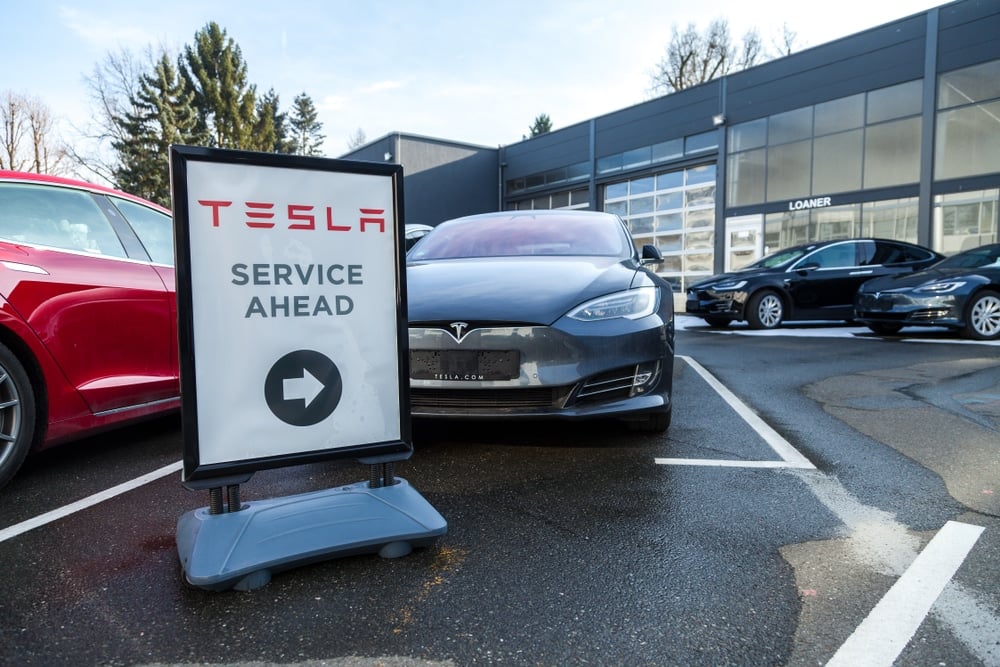
READ MORE: What Is The Average Tesla Maintenance Cost?
What Fluids Do Tesla Cars Need?
1. Brake Fluid
While the braking system of a Tesla is slightly different, Tesla still has brake fluid. However, because of the regenerative braking system, the brake fluid doesn’t wear out as fast.
For this reason, Tesla normally recommends checking the quality of the brake fluid every year or two just to ensure everything looks normal. Contaminated fluid will reduce efficiency and create a dangerous situation in traffic.
RELATED: DOT 3 vs. DOT 4 Brake Fluid Differences (Can You Mix Them?)
2. Transmission Fluid
I briefly touched on the importance of transmission fluid in the Tesla. Even though the EV uses a different type of transmission, gearbox fluid is still required in a Tesla.
You want to be careful to use the right type of fluid. Plus, it only needs to be replaced every 12,500 miles.
3. Windshield Washer Fluid
Just like a traditional combustion car, the Tesla is going to need windshield washer fluid. Both types of vehicles have auto glass that needs to be kept clean for maximum visibility.
Adding windshield washer fluid is just as easy in the Tesla and can often be done on your own. Pop open the hood and access the maintenance panel. From here, you should see the reservoir that needs to be filled up. Considering the cost of windshield washer fluid, there’s no reason to put off this necessary task whenever it gets low.
4. Coolant
The coolant used in the Tesla varies slightly, and it’s needed for different reasons. Tesla models use G48 coolant, which is required to keep the battery cells from getting too hot. It’s an ethylene glycol-based fluid that is blue-green colored.
It doesn’t just help to regulate the temperature in the battery cells, but also prevents corrosion. It’s best to choose a G48 that utilizes organic corrosion inhibitors and specifically lists Tesla as an approved make.
RELATED: Do Teslas Have Engines?
5. Grease
While grease isn’t technically a liquid, it’s still worth mentioning. Tesla vehicles use grease in multiple areas to prolong the lifespan of specific parts.
You will find grease on the handles, latches, hinges, drive axle and windshield wiper. With grease, these parts remain lubricated and efficient.
RELATED: How Much Does It Cost to Charge a Tesla?
Recommended Tesla Maintenance Schedule
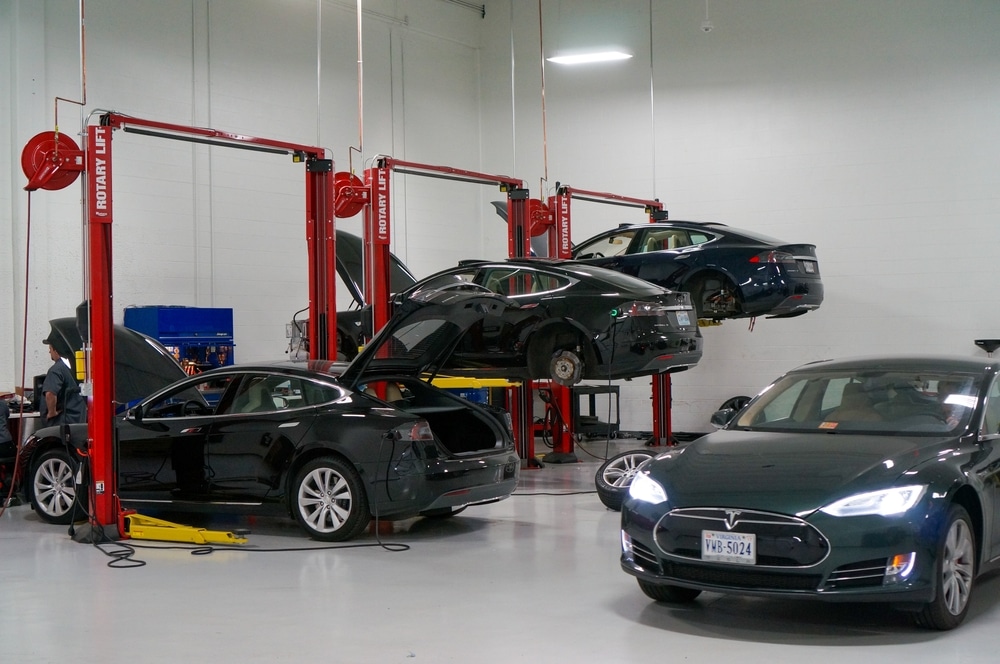
1. Replace Cabin Air Filter
Just like a regular car, your Tesla contains a cabin air filter. This filter is responsible for removing contaminants that could cause allergies and respiratory ailments. It will trap pollen, road pollution and more, ensuring that none of these harmful contaminants get into the cabin.
Depending on what type of Tesla you drive, there are different recommendations for when the cabin air filter should be changed. With the Model 3 and Model Y, Tesla recommends cabin air filter replacement every two years. Otherwise, the Model S and Model X are scheduled every three years. However, if your Model S or Model X was produced between 2012 and 2020, the recommendation goes back to two years.
RELATED: 5 Symptoms of a Bad Cabin Air Filter
2. Replace High Efficiency Particulate Air (HEPA) Filter
Some Tesla models are equipped with a high efficiency particulate air filter, otherwise known as the HEPA filter. These advanced filters are designed to keep even more particles from getting into the cabin.
If your Tesla comes equipped with a HEPA filter, it’s recommended that you change it every three years. Of course, some people prefer to replace them more often, especially if you tend to drive more than the average person.
3. Air Conditioning Service
Tesla vehicles require regular air conditioning service to ensure longevity. The AC desiccant bag needs to be replaced at regular intervals. Here are the general guidelines set out by the manufacturer.
- Model 3: Replace AC desiccant bag every six years
- Model Y: Replace AC desiccant bag every four years
- Model S/Model X: Replace AC desiccant bag every three years
There are several exceptions to these general rules. If your Model S or Model X was produced from 2012 to 2020, the AC desiccant bag needs to be replaced every four years.
There could also be times when the refrigerant needs to be recharged, although this typically only occurs if there’s a problem. If it needs a recharge, it’s best to visit a professional, as different formulations are required based on the model you drive.
4. Tire Rotation, Balance and Wheel Alignment
Your Tesla vehicle also has tires, just like a traditional automobile. You still have to take care of these tires if you want to maximize on-road safety. According to Tesla, the tires should be rotated every 6,250 miles. If the tread depth varies by 2/32 or more among the tires, it’s also wise to rotate them.
If you drive aggressively, tire wear could occur much faster. Additionally, you want to consider regular balancing and wheel alignment to ensure that the ride remains comfortable.
5. Winterize Services
If you drive your Tesla in an area that experiences winter weather, you will need to take some special precautions. For starters, there’s a chance you might need to upgrade your tires for better traction.
Additionally, Tesla recommends lubricating and cleaning the brake calipers frequently for cars that drive in colder climates. The recommendation is 12 months or every 12,500 months to ensure the winter weather doesn’t cause rust or freezing of the calipers.
Learn more:
- Tesla Dog Mode – What It Does and How It Works
- How Long Does a Tesla Battery Last?
- How Much Does it Cost to Replace a Tesla Battery?
Tags: Tesla
Categories: Electric Vehicles, Engine Oil
